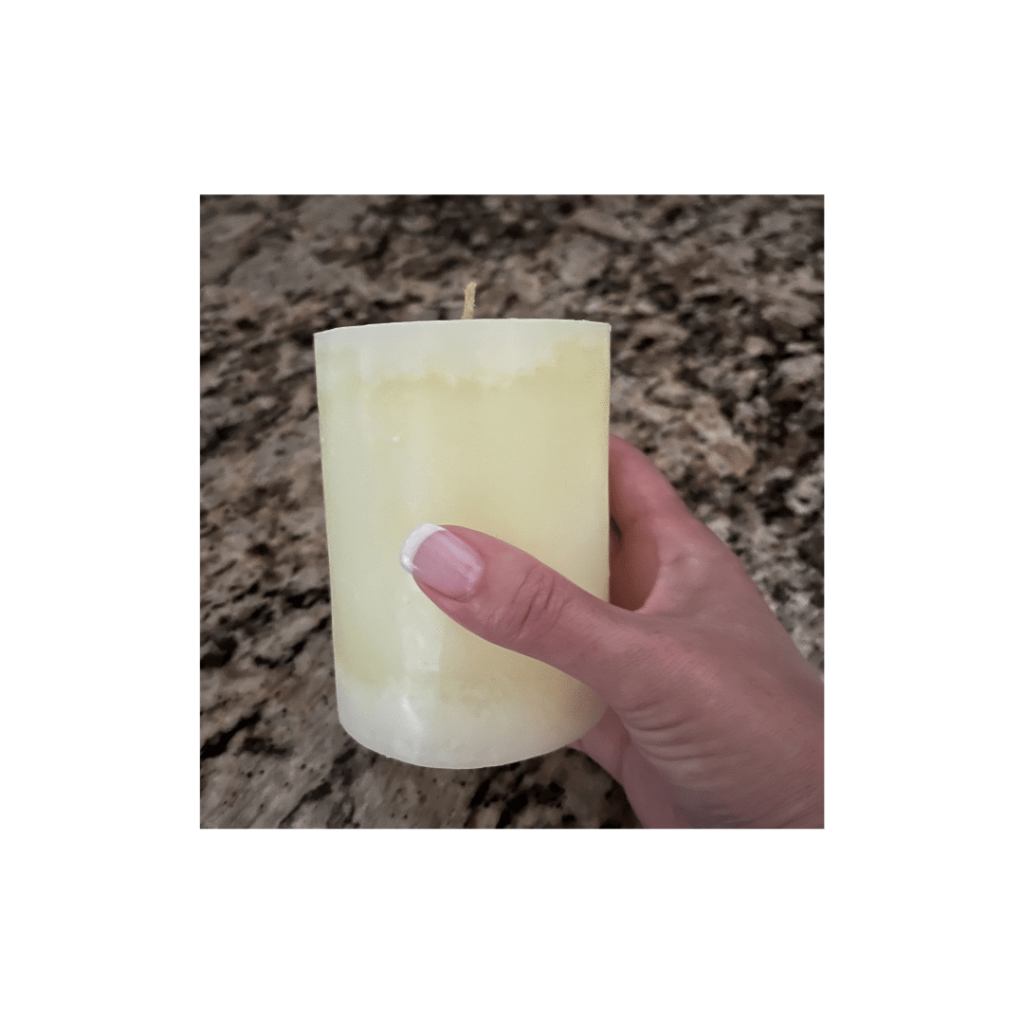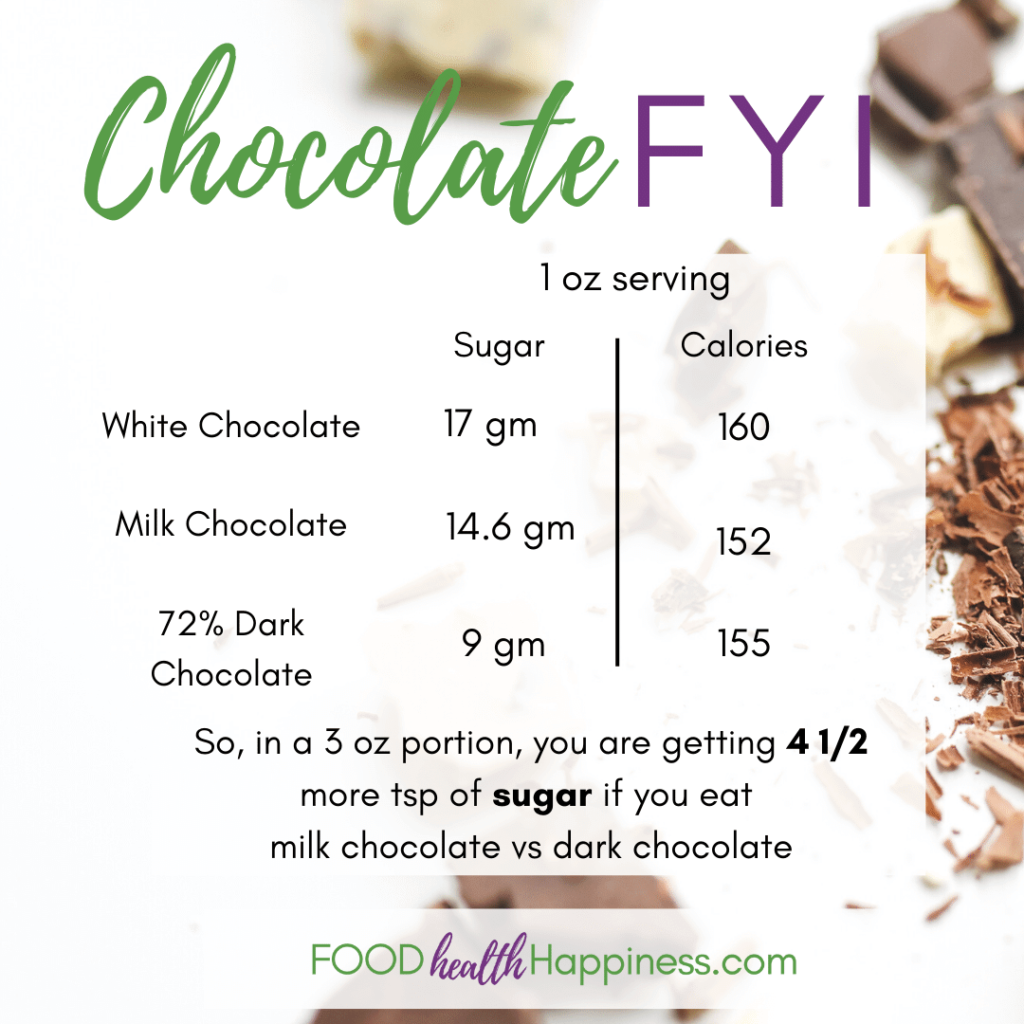Chocolate The Good, the Bad, and the Ugly


Let’s explore the Good, the Bad, and the Ugly
Like red wine, cocoa contains high levels of antioxidant polyphenols. But, wait, cocoa contains higher quantities of polyphenols than red wine! Due to its high phenolic content, it is thought that chocolate may be beneficial to cardiovascular health as it may improve the bioavailability of nitric oxide and help lower blood pressure.
Cocoa contains antioxidants and is rich in the minerals potassium, magnesium, and copper. Remember, it is antioxidants that neutralize free radicals; this protects the tissues from damage and prevents unwanted inflammatory responses.
So, where to find the best, most valuable sources of this tasty antioxidant inflammation fighter?
The Ugly
So let’s start with the ugly…. yes, there is an ugly in the world of chocolate-sorry. So let’s get that out of the way —

wait ……is that a candle?
Lol, yes, it is. For me eating white chocolate is as desirable as eating a vanilla candle. And the nutritional benefits are not coming to the rescue either.
What is white chocolate? By definition, for candy to be called white chocolate, it must contain at least 20% cocoa butter, 14% milk solids, and 3.5% milk fat with no more than 55% from sugar or other sweeteners.
Pure raw cocoa butter is a vegan option for baking.
The unfortunate reality is white chocolate is considered a candy with no significant health benefits to speak of. Sorry if you’re one of the people who enjoy white chocolate candles candy.
Next Contestant- Milk Chocolate
Milk chocolate is still the most popular chocolate here in the US, with its sales dominating approximately 91% of the annual sales. This is of no surprise because it checks 2 of our pleasure centers: sweet and creamy.
Unfortunately, milk chocolate does not contain a high enough percentage of cocoa to be an anti-inflammation powerhouse.
Most milk chocolate contains:
35-55% Cocoa
20-25% milk solids
20-25% sugar
Still, too much sugar to take advantage of the anti-inflammatory benefits.
Double whammy– milk bonds with the naturally occurring polyphenols in cacao, making the phenols less available to you.
The Good
The heroes of this story.
Dark chocolate has: 50-90% Cocoa solids, followed by cocoa butter and sugar
Quality high antioxidant chocolate should have limited ingredients:
Cacao, Cocoa, or Chocolate (unsweetened, NOT alkalized or dutch processed)
Sweetener: (Sugar or Stevia)
Cocoa butter
Vanilla
Special Note: there is no dairy in the above chocolate hero. Point of confusion- cocoa butter is the fat from the cocoa bean. It is dairy free.
Your goal is to find a 72%+ chocolate that you enjoy. The taste, flavor profiles, and texture vary from brand to brand, so do not give up after your first try. It’s like finding your favorite wine – trial and error.
Depending on where you are right now, you may have to gradually work your way up to the strong sensual taste of 72% chocolate. You will find lots of options under 72% and even a few over 72%. Several premium brands offer an 85% and even a 92% option.
Please feel free to share your favorite brand here with us!

